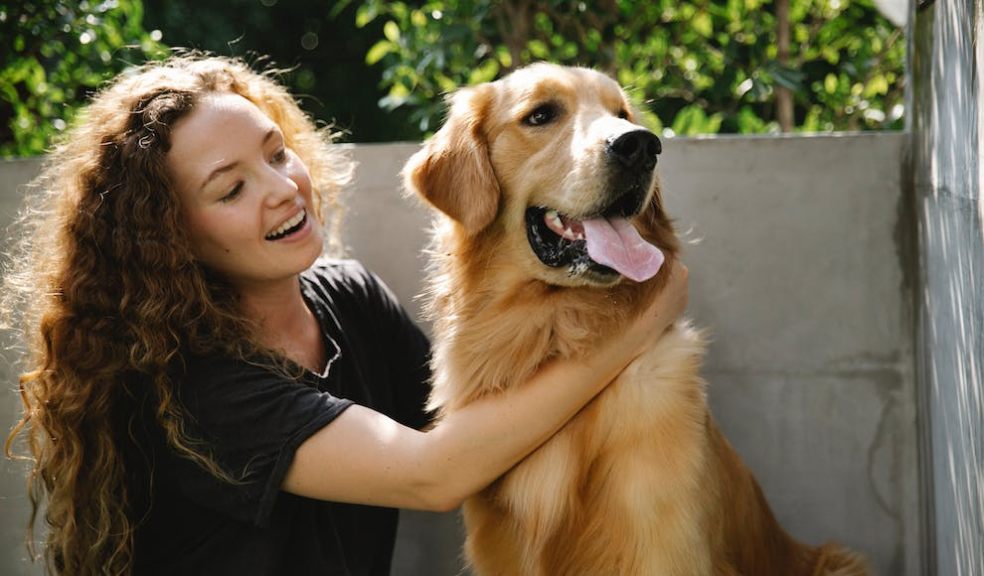
Caring for the Family Dog: Understanding their Needs and Behaviours
=Owning a dog is not just a privilege; it’s a journey of companionship, learning, and love. Our canine companions depend on us for more than just food and shelter; they require understanding, care, and attention to their physical and emotional needs. In this article, we’ll explore various aspects of dog care, from recognising subtle health signs to understanding their emotional language.
Understanding Your Dog’s Health
When it comes to the health of our furry friends, it’s often the subtle signs that speak volumes. Dogs, by nature, are adept at masking pain and discomfort, a trait inherited from their wild ancestors. As responsible pet owners, it’s crucial to be vigilant and responsive to even the slightest changes in our dogs’ behaviour or physical condition.
One area of concern for many dog breeds, especially larger ones, is joint health. Conditions like hip dysplasia or injuries to the cruciate ligament can significantly impact a dog’s quality of life. It’s here that treatments like TPLO (Tibial Plateau Levelling Osteotomy) surgery come into play. TPLO surgery for dogs is a specialised procedure designed to stabilise the knee joint after a cruciate ligament tear – a common injury in active dogs. While the thought of surgery can be daunting, it’s important to remember that such interventions can vastly improve our dogs’ mobility and comfort, allowing them to lead happier, more active lives.
Spotting the Signs
But how do we know when it’s time to consult a vet? Look out for signs like limping, reluctance to jump or climb stairs, or a noticeable decrease in activity levels. Sometimes, it’s the small changes in behaviour, such as a decreased interest in playing or a subtle shift in how they carry their body weight, that can indicate underlying health issues.
Continuing the discussion on health and well-being, it’s not just physical health that demands our attention. Our dogs’ emotional and mental health is equally important. Dogs are social animals, and they thrive on interaction and mental stimulation.
Emotional Well-being
The emotional health of our dogs is a combination of their daily interactions, experiences, and the environment we provide for them. Unlike physical ailments, emotional distress in dogs is not always immediately apparent. It’s crucial to create a nurturing environment that caters to their emotional needs.
Understanding our dogs’ emotional language is something that can take time. Tail wags, ear positions, and even their barks convey a myriad of emotions. But it’s in their quieter moments that we often see the true depth of their emotional state. A dog that’s consistently withdrawn or shows signs of anxiety, such as excessive licking or panting, might be experiencing stress or discomfort. Factors such as changes in the household, a new pet, or even alterations in routine can deeply affect them. As their guardians, it’s our responsibility to be attuned to these changes and provide comfort and reassurance.
Creating a stable, loving environment is key. Regular routines, plenty of playtime, and consistent training sessions help in building a secure, confident dog. It’s also important to remember that our own emotions and behaviours can significantly impact our pets. Dogs are incredibly perceptive and can pick up on our stress, anxiety, or sadness, often mirroring these emotions.
Diet and Nutrition
A balanced, nutritious diet is fundamental to maintaining good health, supporting everything from their coat condition to their immune system. No two dogs are the same, and this is especially true when it comes to dietary needs. Factors such as age, breed, activity level, and any existing health conditions play a significant role in determining the right diet for your dog. It’s not just about the brand of food you choose, but also the ingredients, nutritional balance, and even the feeding schedule that can make a difference.
For instance, a highly active working dog will have different nutritional requirements compared to a senior dog who enjoys a more leisurely lifestyle. Puppies, with their rapid growth and high energy levels, need a diet rich in protein and essential nutrients. On the other hand, older dogs might benefit from diets lower in calories but rich in joint-supporting supplements.
In a market flooded with options, choosing the right dog food can feel overwhelming. It’s essential to look beyond the marketing hype and focus on the quality and suitability of the ingredients. Foods with high-quality protein sources, essential fatty acids, and devoid of unnecessary fillers are typically a good choice. Also, consider any special dietary needs your dog may have, like food sensitivities or allergies, and opt for formulations that cater to these requirements.
Exercise is another cornerstone of a healthy lifestyle for dogs. It’s not just about physical health; regular exercise also plays a crucial role in mental stimulation and emotional well-being. Every dog has its own exercise requirements, influenced by factors like age, breed, and health status. For instance, high-energy breeds such as Border Collies or Labrador Retrievers typically require more vigorous exercise compared to smaller or more sedentary breeds. Puppies and young dogs usually have bursts of energy and require short, frequent play sessions, whereas older dogs may prefer longer, more leisurely walks.













